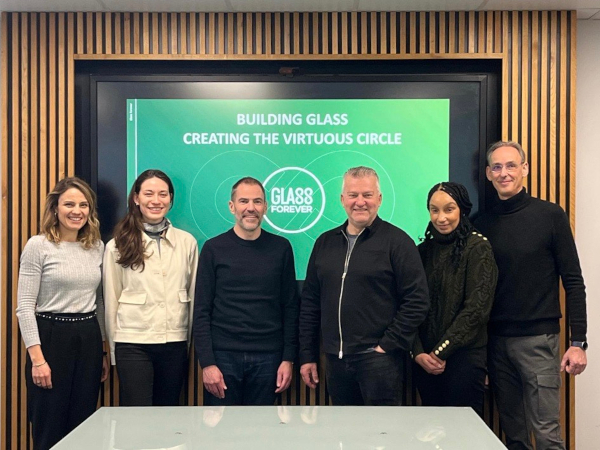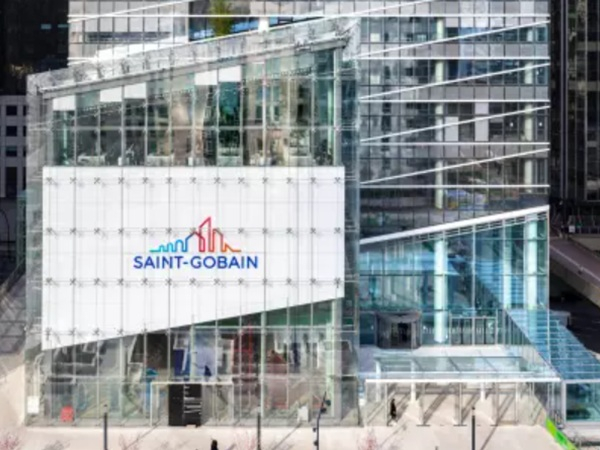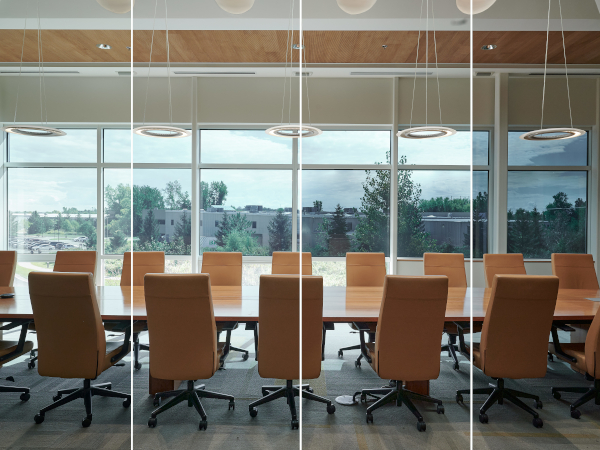Date: 27 January 2006
Net income was 686 million euros ($839 million), compared with 684 million euros a year earlier. Sales at Saint-Gobain, based near Paris, advanced 9.7 percent to 18 billion euros.
Chief Executive Officer Jean-Louis Beffa spent almost $7 billion on BPB, the biggest purchase in Saint-Gobain's 340-year- history. The acquisition wiped 54 million euros from net income as one-time costs including the closure of BPB's headquarters more than offset the impact of a month of earnings.
``This performance bears testimony to the group's resilience,'' Saint-Gobain said. ``The merits of the business model were again evident in 2005, with strong growth reported in the construction products and building distribution sectors in particular, and ongoing expansion in emerging markets.''
Shares of Saint-Gobain, formed in 1665 under King Louis XIV, have risen 14 percent in a year, for a market value of 18.5 billion euros. The stock is the sixth-worst performer on the Bloomberg Europe Buildings Material Index, which has added 25 percent in the period.
Analysts had estimated profit of 723 million euros, according to an eight-analyst survey by Bloomberg.
BPB Boost
With the consolidation of BPB the company is targeting an increase of as much as 20 percent in net income for 2006, with operating profit forecast to gain by as much as one-quarter.
The BPB deal created the world's largest maker of building interiors such as ceilings, partitions and walls. The unit began contributing to Saint-Gobain's results from Dec. 1.
Saint-Gobain is benefiting from construction work in the U.S. and growth in emerging markets such as China. Full-year sales and profit rose fastest at its building materials business, helped by acquisitions and increased demand in France and Scandinavia. Markets were weaker in U.K. and Germany.
Sales of flat glass increased, with construction demand helping to counter a drop in second-half sales to the auto market. Demand for products such as pipes and insulation was buoyant in the U.S. and most of Europe, the company said.
Beffa, 64, plans to sell assets to help pay for BPB. Saint- Gobain has hired Lazard Ltd. to advise on the possible disposal of Calmar, a U.S.-based plastic-pumps unit. A strategic review of the business is under way, with the results expected to be announced during the first half.
Energy Costs
The company, also the world's biggest glassmaker, incurred higher energy costs to run furnaces and delivery trucks as oil and gas prices rose to records last year. Saint-Gobain struggled to raise prices to compensate, and Beffa on Oct. 25 lowered his forecast for growth in annual earnings before interest and tax to less than 4.9 percent from a previous 6 percent target.
Saint-Gobain, which made the glass for the pyramids at the Louvre museum in Paris, annually supplies more than 30 billion bottles, flasks and jars.
The French company's share price and earnings have also been hurt by liabilities from U.S. lawsuits related to asbestos, a mineral linked to respiratory illnesses. The company had 100,000 pending claims as of Dec. 31. The average cost of claims settled over the past 12 months was about $2,800.
Moody's Investors Service expects the number of asbestos cases to stabilize, with little change in the level of payouts, it said on Nov. 22. The credit rating company downgraded Saint- Gobain's debt rating to Baa1 from A2 after the BPB deal.












Add new comment